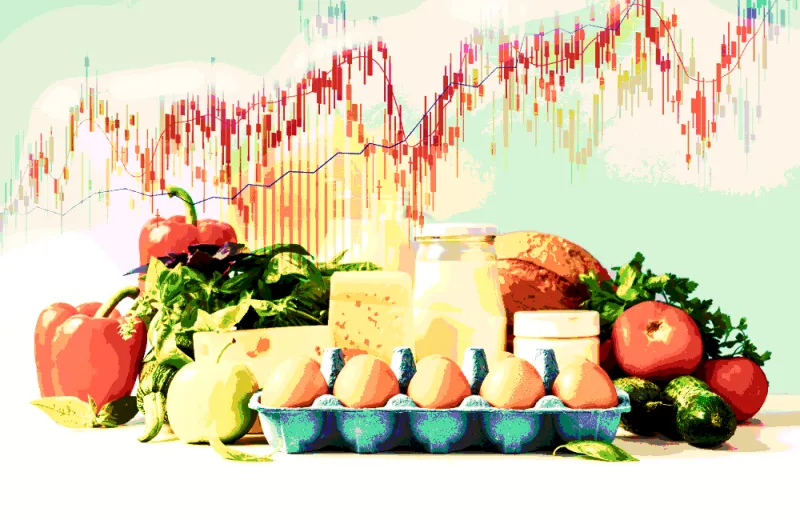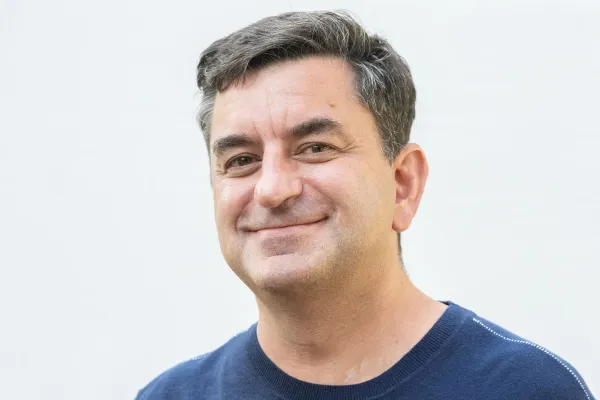The state of food security and vulnerabilities in the world’s supply chains are leading indicators about price inflation, monetary policy, political stability, and changing geopolitical risks, argues PGIM.
So the asset management business of Prudential Financial set out on a massive research project to explore the global food ecosystem. Fundamental changes are creating some new investment opportunities and quashing others.
Taimur Hyat, chief operating officer of PGIM, said that the pandemic made food a national security issue as countries worked to stabilize their food sources amid supply chain disruptions. The Russian invasion of Ukraine added even more pressure, because Ukraine is one of a handful of major grain-producing regions and Russia itself has been a big fertilizer exporter.
PGIM’s exploration of food — the results of which are expected to be published Thursday in a new paper — has yielded some new insights for institutional investors. For one thing, changing personal tastes and preferences have dovetailed with macro issues, such as climate change.
“Consumer preferences are changing in some obvious ways in the U.S. and developed markets around health and more pesticide-free foods,” said Taimur. But Hyat added that the trends are starker in emerging markets, where “rising affluence means that there is more meat and proteins being eaten, [more] people moving to a western diet, and much more desire for convenience and packaging.”
Shehriyar Antia, head of thematic research and co-author of the paper, added that many of the investable innovations are being developed in response to big challenges. “One is the need for greater productivity. Diets around the world are converging, and demand for food is growing faster than population growth,” Antia said. “The other is the need for sustainability. Climate change impacts agriculture, but agriculture also impacts climate change.”
Thirty percent of global greenhouse gas emissions come from agriculture, while climate change has reduced yields by 12 percent, according to PGIM. Among the innovations are AI-powered autonomous tractors for big industrial farms, alternative agricultural methods, and non-animal meats or proteins.
Hyat cautioned, however, that not every innovation is a good investment opportunity. He compared some agricultural innovations to the current moment of peak AI. “There are three areas within the food world that we thought were past their peak,” he said, a reference to alternative meats, vertical farming — whose costs for heating and light can be too high to be viable — and cultivated meat, which is produced from a small sample of animal cells.
In the case of cultivated meats, he said, “multiple subscale companies are trying to develop a solution, even though there are very few regulatory regimes that are encouraging it — maybe Singapore is an exception.” In any case, he added, “it’s not ready yet [to give] investors [an] attractive risk-return opportunity.”
As the authors further explained in the report, “Plant-based meats have dominated headlines, but reality does not match the hype. The steep growth rates for plant-based meat producers have either plateaued or peaked. Only a few years ago — as fast-food chains began to offer Beyond Meat burgers — there were expectations for continued exponential growth and drastic changes in consumer preferences.” That growth, however, has sputtered.
Instead, PGIM argues that investors have a “contrarian” opportunity in traditional, animal-based meat producers that are under fire for their fossil fuel dependence and the environmental problems they continue to cause. Hyat said investors can be active and push these companies to make changes to their practices, even while staying invested.
Cold storage — essentially refrigeration — and transportation are also opportunities that have bubbled up from a push toward sustainability. New cold storage facilities can help reduce the 40 percent of food that PGIM said is left to rot. In addition to the U.S., cold storage opportunities are available in Asia and Latin America.
Antia added that climate change has inspired other innovations, such as sensors that can be embedded in trees and fields on small farms to monitor moisture and nutrients, and apps that send the data in real time to farmers. On industrial-scale farms, autonomous tractors guided by GPS can be deployed to reduce the use of fertilizer and herbicides.
A category called biologicals has also emerged as a way to combat pests, safeguard plants, and improve crop yields. According to the report, “the global market for agricultural biologicals is still small — about one-sixth the size of the conventional crop protection market.” PGIM anticipates that biologicals will double in size in six or seven years.
Investors often think of the vast food industry as not particularly friendly to ESG, but that means there’s a lot that can be cleaned up. “We find that the food system is really at a place where fossil fuels were a decade ago,” said Antia. “There are tremendous opportunities for both technology and for investors to make a real impact in this food system. That’s where the ESG puck is going,”
“And the innovation puck,” added Hyat.







